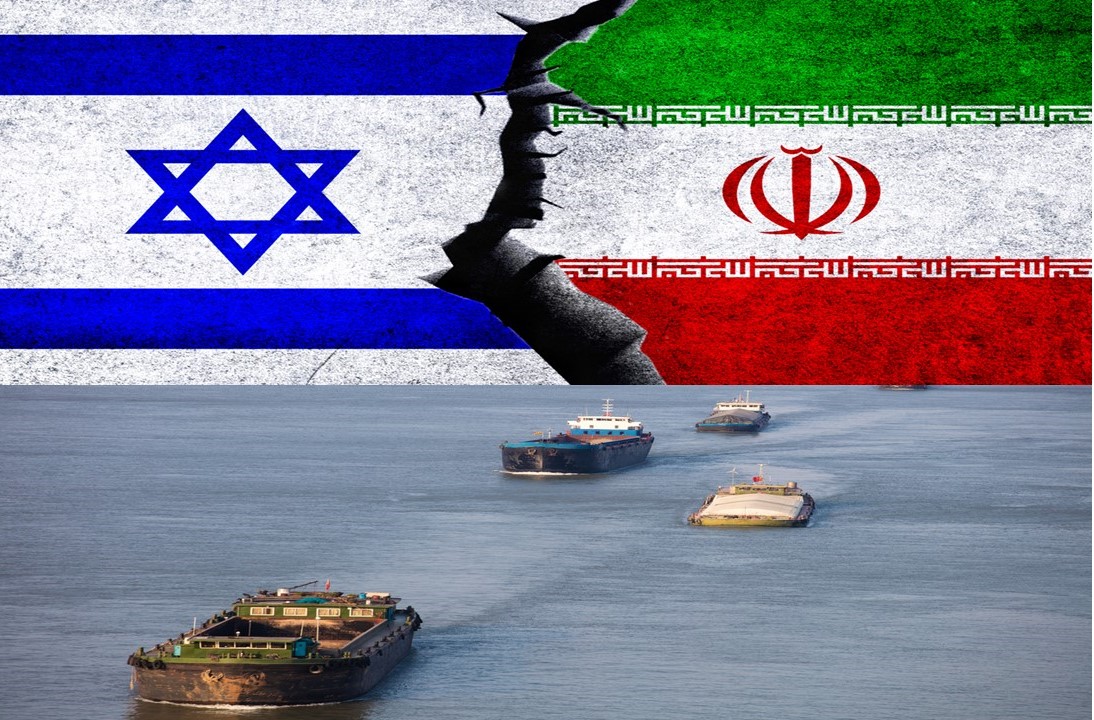Risk of Strait of Hormuz Blockade Splits US and European Analysts: ホルムズ海峡の封鎖リスク、米欧分析で見解分かれる

Risk of Strait of Hormuz Blockade Splits US and European Analysts: Eurasia Group Sees 30% Chance, Windward Warns of “High Possibility”
ホルムズ海峡の封鎖リスク、米欧分析で見解分かれる ユーラシア=30%、Windwardは「高い可能性」
On 13 June, Israel launched an attack on Iran’s nuclear development facilities, triggering a military clash between the two nations. In the wake of this escalation, analysts in the United States and Europe are divided over the likelihood of a blockade of the Strait of Hormuz.
US-based Eurasia Group notes that “due to the extremely high strategic, economic, and political costs, there is only a 30% chance that Iran will attempt a full blockade of the Strait of Hormuz.”
In contrast, UK maritime AI firm Windward argues that “while a complete closure may be unrealistic, there is a high likelihood of localised disruptions such as the laying of sea mines and the seizure of tankers.” The Strait of Hormuz is a vital global maritime chokepoint through which around 20% of the world’s crude oil and 25% of LNG flows. Japan relies on the Middle East for over 90% of its crude oil imports, and 80% of its tankers transit the strait. Any disruption would have a severe impact on the Japanese economy.
Key Points in This Article
→ How Eurasia Group and Windward assess the current situation in the Strait of Hormuz
→ The shipping industry is entering a phase where information asymmetry may determine winners and losers
Photo courtesy= iStock, WIndward
〆ホルムズ海峡の封鎖リスク、米欧分析で見解分かれる ユーラシア=30%、Windwardは「高い可能性」
イスラエルが6月13日にイランの核開発施設を攻撃し、両国間の戦闘が始まっている中東地域では、ホルムズ海峡の封鎖をめぐって米欧の分析が分かれている。
米国に本拠を置くユーラシア・グループは「戦略的、経済的、政治的なコストが極めて高いため、イランがホルムズ海峡を完全に封鎖する可能性は30%と低い」と指摘する。
一方、英国の海運AI企業Windwardは、「全面封鎖は現実的でないにしても、機雷の設置やタンカー拿捕といった局地的な妨害行為の可能性は高い」と分析している。ホルムズ海峡は世界の原油の約20%、LNGの約25%が通過する国際海運の要衝である。日本は原油輸入の9割以上を中東に依存し、タンカーの8割が同海峡を経由する。封鎖リスクは日本経済に深刻な影響を与える。
《この記事のポイント》
→ ユーラシア・グループとWindwardは現在のホルムズ海峡情勢をどう評価しているか。
→ 海運業界では、情報格差が明暗を分ける局面に突入しつつある。








コメント